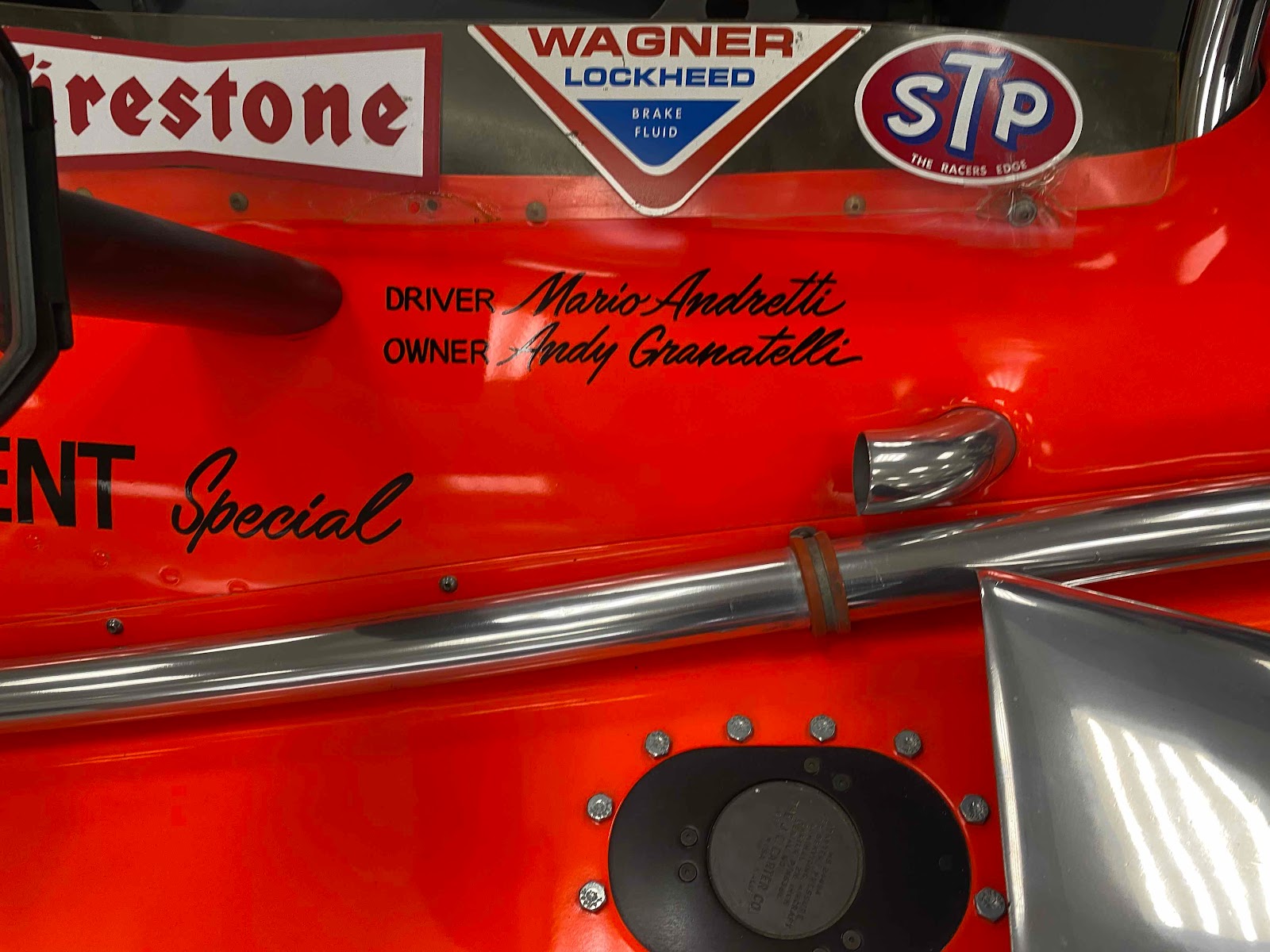Since 2017 I have flown overseas every year to every continent except Australia: almost 20 trips total. I have flown many airlines. In addition to the trans-Atlantic flights, I have flown short, regional trips within the Americas, Europe and Asia.
My main criteria for picking flights is price. But after I get a list of cheap fares, I eliminate the airlines that have a weak or non-existent back office. In the 1990s when e-commerce was new, many companies had a "sneaker net." They had several systems that were not integrated and had to pass paper or messages between ticketing, scheduling, etc.
I have heard people complain that airlines are annoying when they send regular texts reminding you about seat choice or luggage limits or baggage rules. But those same people are ready to sing Hallelujah! when their flight is delayed, changed or cancelled and they get instant notification with options for rescheduling.
For me, United Airlines is the best in this regard. I have flown American and Delta and they also have excellent apps and notifications. When a United flight got cancelled, my phone lit up with options. I flew TAP, the Portuguese national airlines, for the last time last fall when I had a flight cancelled. The long story about dealing with an airline that has a sneaker net is here.
Since I travel with no checked luggage, I can check in on line for most flights and walk straight to security. I also have TSA PreCheck and Global Entry, so there is no security reason to keep me from automated check in even for overseas flights. With United, I have checked in on line for flights in the US, Brazil and Europe.
I recently flew Norse Atlantic airlines. They have no app; their website seems to allow check in, but then tells me I can't check in on line; they are not integrated with TSA Pre; they have no automated check in at major airports in America or Europe, so travelers like me with no checked luggage stand for an hour in line with people who have five suitcases on baggage carts.
On a recent Norse flight, I got in contact with a customer service rep on email. I told her how long I had been waiting, that I got to the airport three hours early and I did not want to miss my flight. She suggested going ahead of others in the line. I told her I would not do that and suggested they send more people to check in to take care of customers. She could do nothing because they did not have the systems in place.
All Americans saw what happens to an airline with outdated computer systems in the 21st century when a huge winter storm cancelled thousands of flights. All airlines had some flights cancelled. Southwest had half the cancellations of all the airlines combined. Every Wednesday morning I have breakfast with a retired air traffic controller. He knew the Southwest disaster was data management.
I worked for two multi-national companies in the 1990s that switched from paper to fully integrated electronic systems. The switch was long, painful and expensive, but the difference was profound for customers and managers. From manufacturing to delivery there was real time information for every step.
For all the traveling I do, I do not find travel easy even when everything goes well. So while price is my main criteria for picking a flight, I will not fly with an airline that has a lame app and any problems with data management.
I recently flew with Spirit Airlines. I loved it for the old-fashioned reasons of nice people, on-time performance and easy boarding. But if anything had gone wrong, they had an app that would have me on my way as soon as possible. And all for $74 round-trip.

































